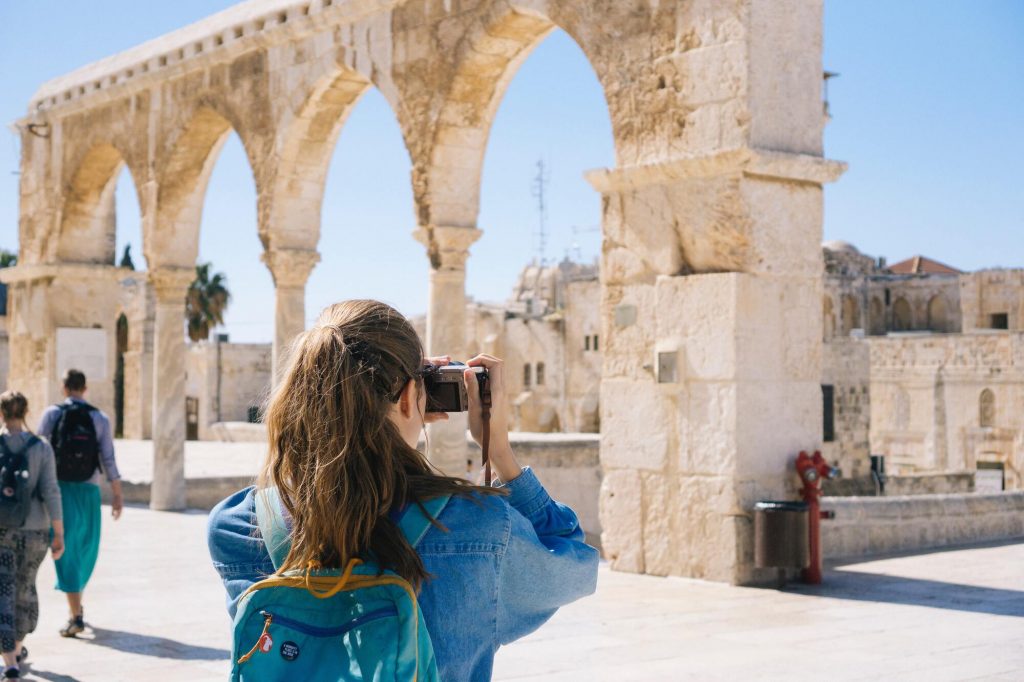Heritage types
Heritage: one word enclosing hundreds of meanings

Overview
Do you prefer a museum or a nice walk on a mountain path? Are you fascinated by dark secrets and hidden history or do you prefer to sit in the sun and have a taste of a typical dish? Each person has a favourite way to visit and explore a new place and each place has its own heritage to offer.
TExTOUR’s pilots were studied by the researchers from Bologna University, Italy, that described and categorized the different types of cultural heritage and associated tourism: a total of 14 different types of heritages and 11 related tourism types have been recognised.
Due to their high diversity, TExTOUR’s pilots represent the ideal bridge between the theoretical descriptions and categorizations and the practical strategies, policies and action for sustainable tourism development in remote areas.
-
Cultural heritage
Cultural heritage is, in general terms, both a product and a process, which provides societies with a wealth of resources that are inherited from the past, created in the present and bestowed for the benefit of future generations. It includes not only tangible, but also natural and intangible heritage. UNESCO, 2014
-

Archaeological site
An archaeological site is an area/place that is associated with past human activities. These can be structures, infrastructures, monuments, or (organized) settlements on land or underwater surface found or revealed by archaeological methods.
-

Art, crafts literature and music
Art/Crafts, Literature, and Music refers to the creative heritage of art/crafts, literature, and music having cultural values transmitted from generation to generation, which can be associated with intangible and tangible heritage.
-

Dissonant heritage
It is a concept that explains mainly heritage places associated with atrocity, death, disaster, human depravity and suffering, tragedy, barbarism, holocaust, genocide, battlefields, concentration camps, prisons, crime sites, slavery, funerary heritage, or rituals about them.
-

Gastronomy
Gastronomy is a type of heritage that links with intangible heritage regarding "the practice or art of cooking or choosing " food, drinking, and eating. The sociability, transmission through generations, identity, tradition, and evolution, fresh and local food are the significant aspects of gastronomic heritage.
-

Geological heritage
Geological Heritage refers to geological or geomorphological aspects having cultural, recreational, tourism, aesthetic, intrinsic, scientific, or educational value, which provides insights into geological processes impacting the formation or evolution of the Earth.
-

Historic city centre
Historic City Centres are places where the historical and cultural values of the past create shared identity and memory of their communities and form unique urban character and cultural significance specific to the particular place. At the operational and management level, the historic cities or centres are usually separate zones in a given city.
-

Industrial heritage
Industrial heritage contains any landscapes, sites, structures, complexes that have evidence of industrial processes and culture. The places can include machinery, workshops, warehouses, stores, mills, factories, mining sites, energy places, transport infrastructures, or social activity places.
-

Living cultures
Living culture is known as ""the practices, representations, expressions, knowledge, and skills handed down from generation to generation"". It is also called intangible heritage.
-

Living heritage (biodiversity)
Biodiversity is identified as the sum of biotic variation, ranging from the genetic level to the species level and the ecosystem level. This diversity is within and between species and ecosystems. Biodiversity as a living heritage is an integral part of the common natural and cultural heritage.
-

Monuments
Monuments are architectural works (buildings), works of monumental sculpture and painting, elements or structures of an archaeological nature, inscriptions, cave dwellings and combinations of features, which are of outstanding universal value from the point of view of history, art or science.
-

Movable cultural heritage
Movable cultural heritage includes properties such as paintings, sculptures, coins, or manuscripts which can move easily from one location to another and have significance for archaeology, prehistory, literature, art, or science.
-

Museum
A museum researches, collects, and demonstrates the heritage of humanity and the environment for educational, scientific, social, and cultural purposes. It could be in various forms and targets aiming to enlighten the past and its connections with the present in democratic and inclusive ways for societies and the environment.
-

Natural heritage
Natural Heritage is where the formation of habitats, species, ecosystems, geology, landforms, or flora and fauna have value from scientific and conservation angles or value that people attribute to them. Such places can be designated as World Heritage Sites for their outstanding universal value or recognized by laws such as national parks or protected areas (PA).
-

Underwater heritage
Underwater heritage consists of heritage, such as sites, shipwrecks, or aircraft, totally or partially underwater, which have cultural, archaeological, or historical values, "periodically or continuously, for at least 100 years".
-